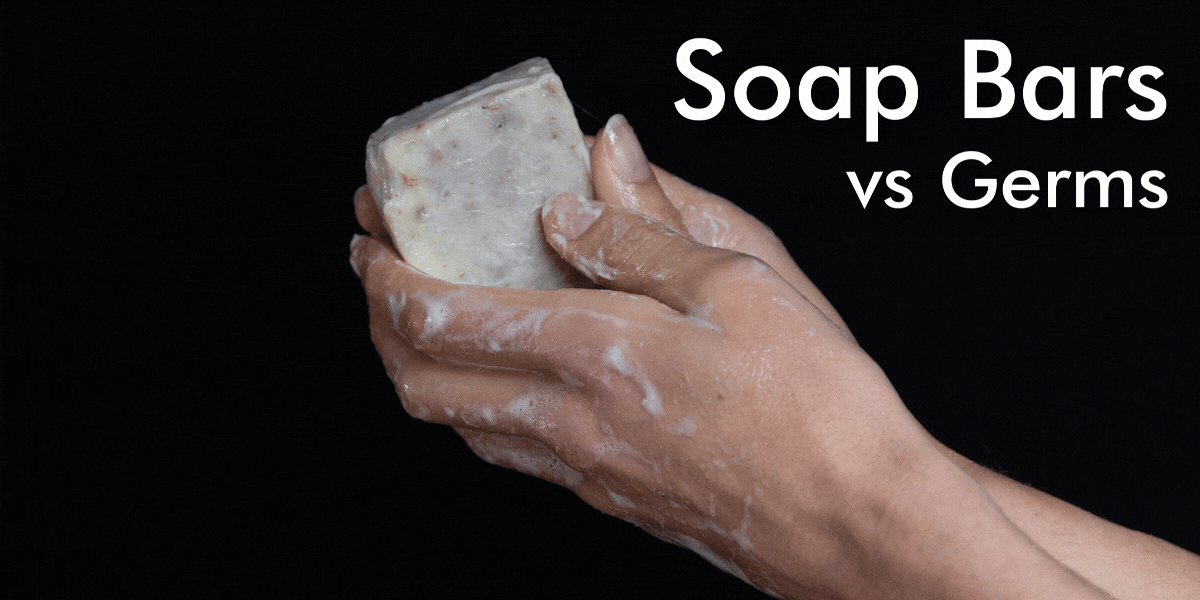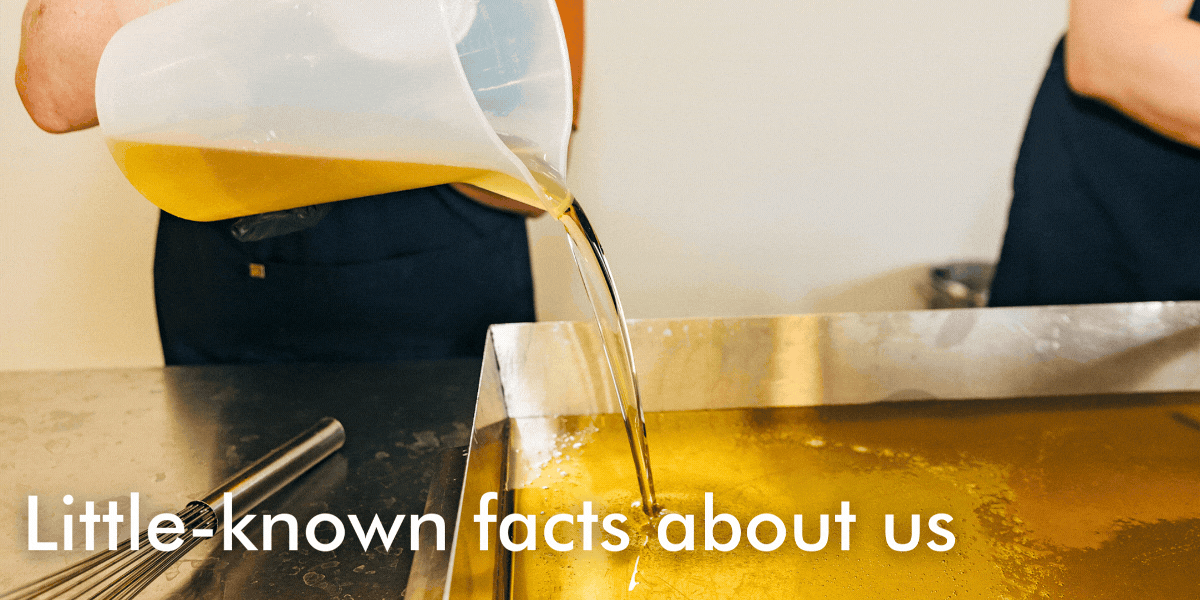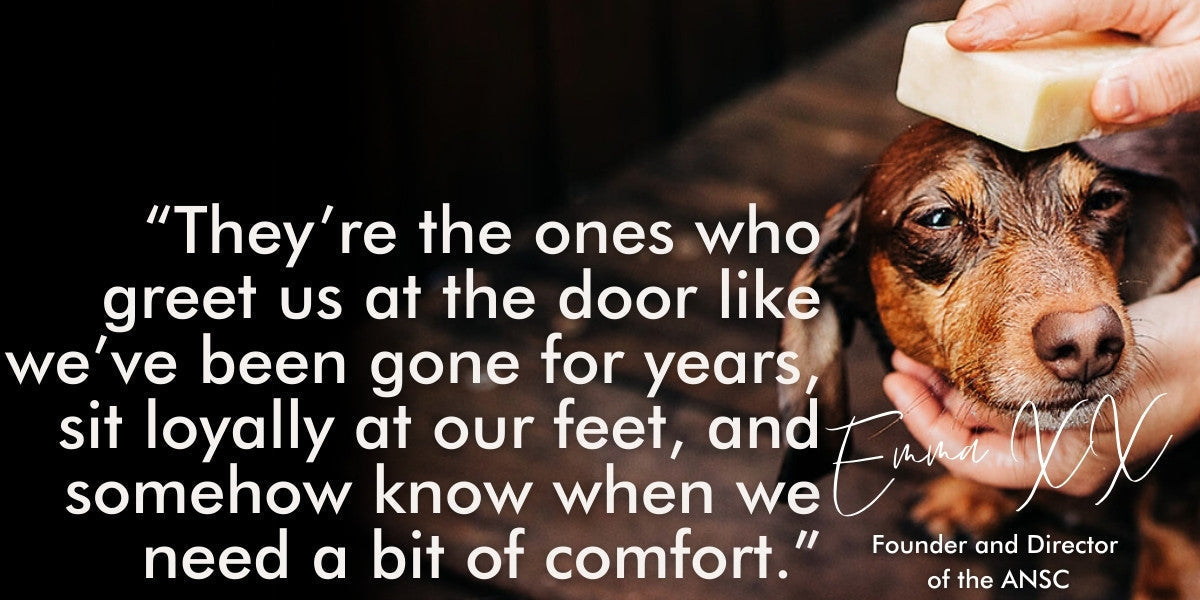Addressing the Ick Factor: Why Solid Soap Deserves Your Love

The humble bar of soap has been a faithful companion to humanity for centuries, keeping us clean, healthy, and fresh. Yet, in an age of sleek body washes and touchless dispensers, the solid soap bar is often unfairly maligned. One persistent myth? That sharing a soap bar is unhygienic, a breeding ground for bacteria. Let’s set the record straight and bust the myths surrounding our beloved soap bars once and for all.
Myth 1: "Soap Bars Are Bacteria Breeders"
It’s easy to see why this myth took hold—after all, a wet soap bar is slimy, right? However, the truth is a bar of soap is hostile territory for bacteria. While soap can technically transfer tiny amounts of microorganisms from one user to another, studies show that these microbes don’t multiply on the soap’s surface. Why? Because soap’s very nature—alkaline, hydrophilic, and often infused with essential oils—creates an environment that bacteria find inhospitable.
Even more compelling, when you use soap, its molecules don’t just sit idly by. Soap molecules actively break down the membranes of bacteria and viruses, rendering them harmless and unable to spread. Think of your soap bar as a germ-fighting superhero in your bathroom!
Myth 2: "Body Wash in a Bottle Is More Hygienic"
Picture this: you’re reaching for your body wash. You touch the pump with dirty hands, or worse, someone else’s hands. That pump isn’t self-cleaning—it’s now carrying those germs. Dispensers and bottles often hold onto bacteria longer than a well-loved soap bar ever could.
Solid soap, by contrast, is self-cleansing. When you rinse your soap bar under running water, you wash away surface particles and microbes. It’s simple science: soap is designed to clean, not to harbour dirt.
The Science Behind the Suds
Let’s get a bit technical for a moment. Soap molecules are like double agents—part water-loving (hydrophilic) and part water-repelling (hydrophobic). When mixed with water, these molecules form micelles, tiny structures that trap dirt, oil, and pathogens. When you lather up, these micelles lift away grime and harmful microbes, washing them clean down the drain.
Soap doesn’t just clean your skin; it destroys the very structure of pathogens. Viruses and bacteria have lipid membranes—essentially a fatty coating. The hydrophobic part of the soap molecule binds to these fatty membranes, causing them to burst apart like a popped bubble. No more lipid membrane, no more functional bacteria or virus. Goodbye, germs!
Why Solid Soap Is Still King
Solid soap isn't just effective—it’s environmentally superior to liquid alternatives. Body washes often come in single-use plastic bottles that contribute to waste, while soap bars typically come in biodegradable or minimal packaging. Additionally, many liquid soaps rely on synthetic detergents, fragrances, and preservatives, which can strip your skin of its natural oils and irritate sensitive skin.
Natural soap bars, like those from The Australian Natural Soap Company, are crafted with plant-based oils and infused with skin-loving ingredients like avocado, macadamia, and lemon myrtle. These bars not only clean but also nourish your skin, leaving it soft, healthy, and glowing—without artificial nasties.
Sharing Is Caring (and Safe!)
The idea that sharing a soap bar is unhygienic doesn’t hold water. Studies have shown that while some bacteria may transfer to the soap’s surface, it’s effectively rinsed away with water. So, unless you’re rubbing a soap bar directly on open wounds (please don’t do that), you’re safe to share.
If the thought of sharing still makes you hesitate, here’s a simple solution: grab a kitchen knife and cut the bar in half! You now have two perfectly good, smaller soap bars—one for you and one for your sharing partner. Same soap, same benefits, but with no cross-contact. Problem solved!
Alternatively, consider using a soap saver or a dish that helps the soap dry completely between uses, making sharing even less of a concern.
Reclaim the Bar!
The bar of soap isn’t just a cleaning tool—it’s a symbol of sustainability, effectiveness, and good hygiene. Next time you’re tempted by a shiny bottle of body wash, think twice. Your soap bar is doing its job, and it’s doing it better than you might have realised.
Let’s break the myths, embrace the bar, and show some love to this timeless household hero.




